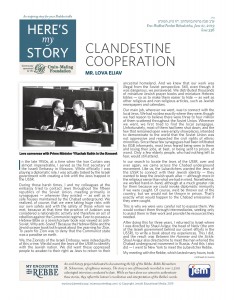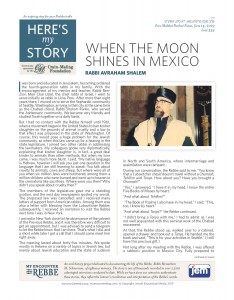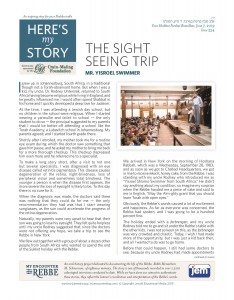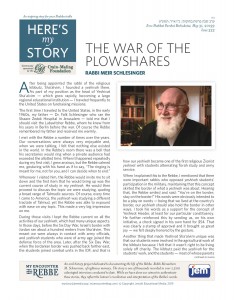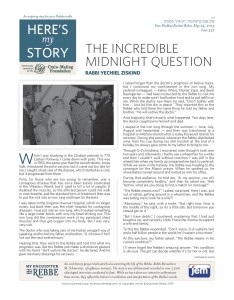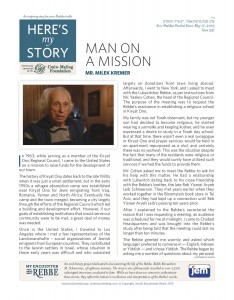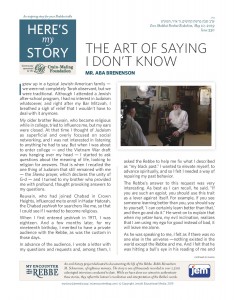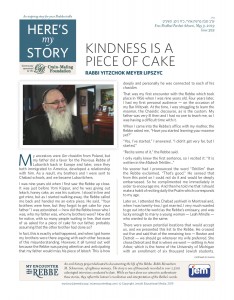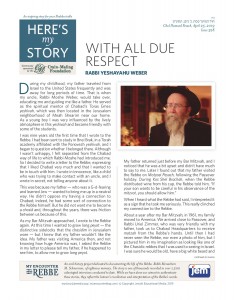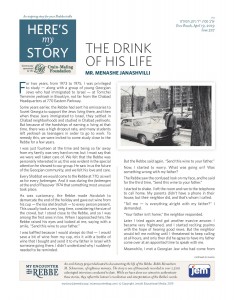Clandestine Cooperation
In the late 1950s, at a time when the Iron Curtain was almost impenetrable, I served as the first secretary of the Israeli Embassy in Moscow. While officially I was playing a diplomatic role, I was actually tasked by the Israeli government with creating a link with the Jews trapped in the USSR.
During those harsh times, I and my colleagues at the embassy tried to contact Jews throughout the fifteen republics of the Soviet Union, meeting primarily in synagogues – wherever they existed – as well as in safe houses maintained by the Chabad underground. We realized, of course, that we were taking huge risks with our own safety and with the safety of those whom we met, because at that time the practice of Judaism was considered a nationalistic activity and therefore an act of rebellion against the Communist regime. Even to possess a Hebrew Bible or a Jewish prayer book was viewed as anti-Soviet. Why anti-Soviet? Because the Hebrew Bible and the Jewish prayer book both speak about the yearning for Zion. To yearn for Zion was to deny that the Communist state was a paradise on earth.
We, the Zionists of the Israeli Embassy, were indeed guilty of this crime. We did want the Jews of the USSR to identify with the Jewish nation. We did want these oppressed people to awaken to their right as Jews to return to their ancestral homeland. And we knew that our work was illegal from the Soviet perspective. Still, even though it was dangerous, we persevered. We distributed thousands of miniature Jewish prayer books and miniature Hebrew bibles – so as to make them easier to hide – as well as other religious and non-religious articles, such as Jewish newspapers and calendars. (more…)


